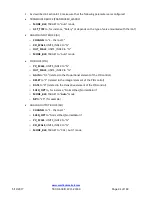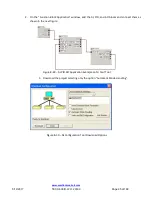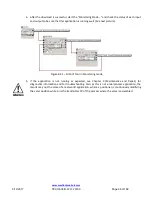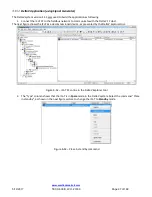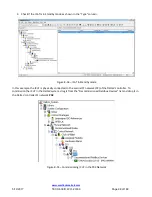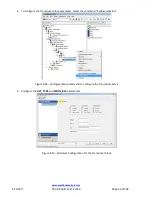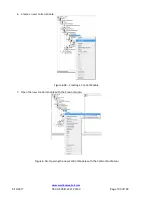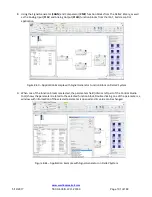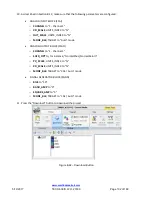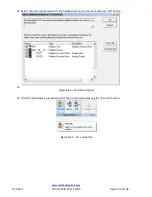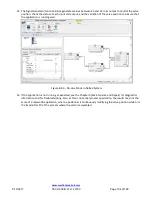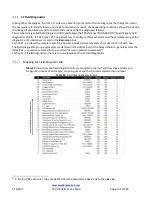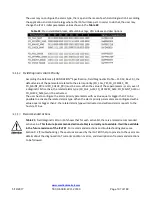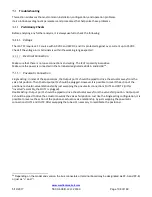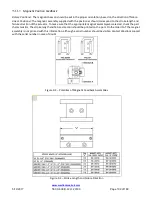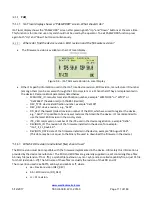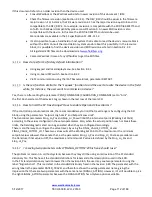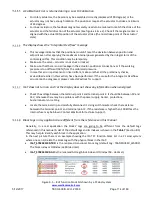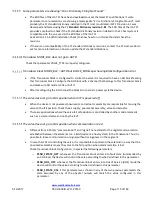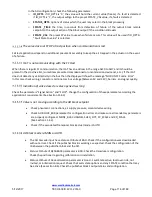
5/12/2017
TECH-538/D.W.O. 23160
Page 108 of 189
Troubleshooting
This section addresses the most common installation, configuration, and operation problems.
It also introduces diagnostic parameters and procedures that help solve these problems.
Preliminary Checks
Before analyzing any further analysis, it is always useful to check the following:
Voltage
The ICoT FF requires a FF source within 9VDC and 32VDC, and it is protected against over-current up to 35VDC.
Check if the voltage in its terminals is within the working range expected.
Electrical Connection
Make sure that there is no loose connections and wiring. The ICoT is polarity insensitive.
Make sure the power is connected in the terminals designated as BUS A and BUS B
.
Pneumatic Connection
Single Acting:
In most of the applications, the Output port 1 should be piped to drive the actuator away from the
valve fail position. Then the Output port 2 should be plugged. However it is possible to revert the action of the
positioner-actuator-valve relationship by just swapping the pneumatic connections OUT1 and OUT2 (in this
“inverted” assembly, the OUT1 is plugged).
Double Acting:
Output port 1 should be piped to drive the actuator away from the valves fail position. Output port
2 should be piped to drive the actuator towards the valves fail position. Just like the Single acting configuration, it is
possible to reverse the action of the positioner-actuator-valve relationship by just swapping the pneumatic
connections OUT1 and OUT2. After swapping the tubes it’s necessary to recalibrate the positioner.
28
Depending on the model and version, the bus connectors or terminal board may be designated as FF-A and FF-B,
or just as “+“ and “-“.

